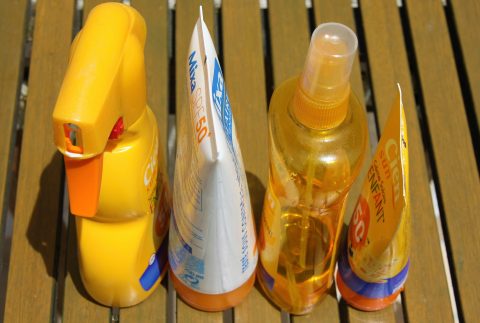Environmental Responsibility and a Better Quality of Life
Our commitment to environmental responsibility and a better quality of life.
VOCs present a major health concern for consumers, causing health advocates and medical professionals to mandate for lowered VOC content.
What are VOCs?
VOC’s are released as gases from man-made products, such as furniture, carpet and wood-preserving processes for indoor building materials.
VOC contaminant overview:
- Evaporates readily at room temperature1
- Generated by cleaning products and solvents,1 plastic piping, construction adhesives, insulation, and fabric, vinyl or plastic wall coverings
- Includes benzene, toluene, methylene chloride, methyl chloroform and more2
- The lower the chemical’s boiling point, the more likely the compound will be emitted from a product or surface into the air. Lower boiling point = Higher volatility3
VOCs present a major health concern for consumers, causing health advocates and medical professionals to mandate for lowered VOC content of indoor furniture and building material manufacturing. High levels of VOCs can negatively impact the indoor air that we breathe and can eventually cause short-term and long-term chronic health problems from odor, irritation, chronic toxicity, or carcinogenicity3.
Regulations and public awareness:
Increasing government regulations and heightened public awareness of air quality will affect purchasing decisions, eventually mandating the use of lower chemical-emitting building products.
For example, the EPA has online tips for buying “Green” with a Government Credit Card and in one section, consumers are encouraged to inquire if the product contains hazardous materials or toxic chemicals; http://www.epa.gov/opptintr/epp/tools/creditcard.htm#Hazardous
Solar Gard products are tested in accordance with the International Standard Guide for Small-Scale Environmental Chamber Determinations of Organic Emissions from Indoor Materials/Products, (ASTM D 5116-10) and specific parameters and VOC emission limits are based on The California Department of Public Health (CDPH) standard method version 1.1.
Based on test results, Solar Gard products are compliant with these performance standards established for low-VOC materials:
- Collaborative for High-Performance Schools (CHPS)
- LEED 2009 for K-12 Schools
Due to the composition of window film (polyester, adhesive & top coats), consumers have the right to know whether adding window film will have an adverse effect on their indoor air quality. The information provided in these reports help decision makers such as architects, facility managers, and procurement officers to make smarter choices for selecting low VOC-emitting products which will improve energy savings, safety, security and comfort levels.
1 EPA Waste and Cleanup Risk Assessment Glossary: http://www.epa.gov/oswer/riskassessment/glossary.htm#v
2 Greening EPA Glossary: http://www.epa.gov/greeningepa/glossary.htm#v
3 EPA Volatile Organic Compounds (VOCs) Technical Overview: http://www.epa.gov/iaq/voc2.html
Click here to download a PDF version of this information.



